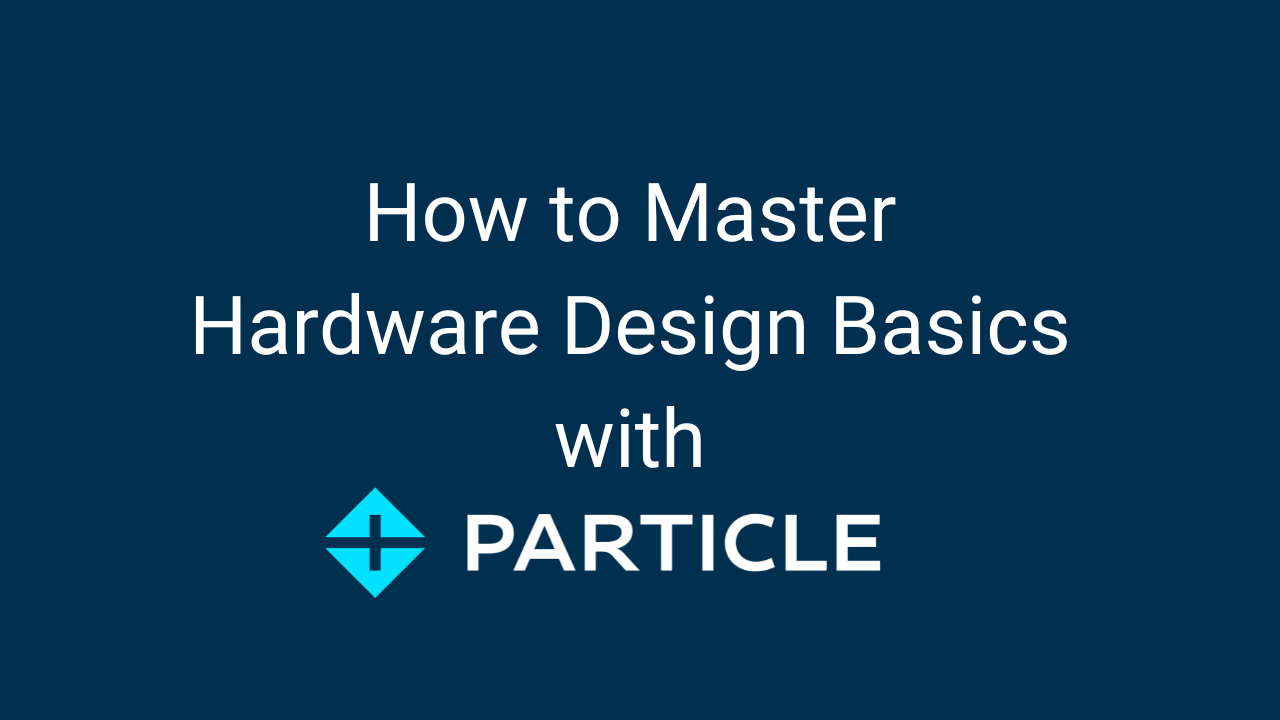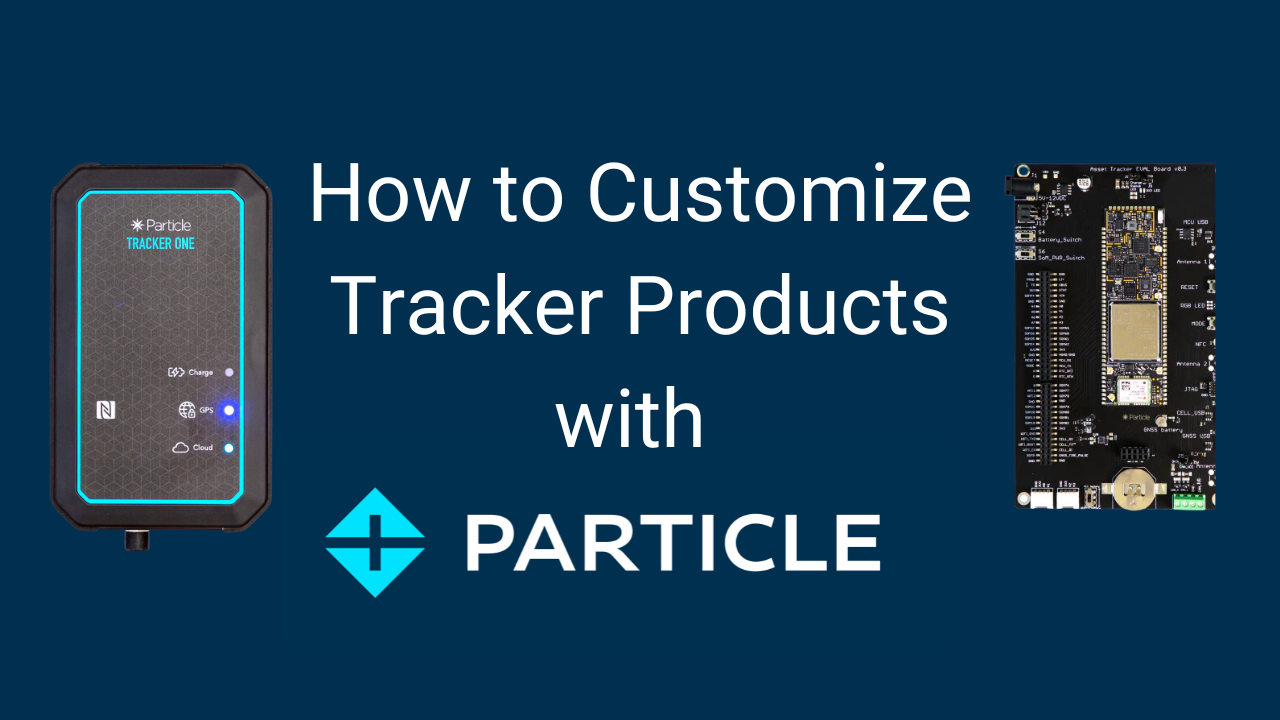Discover best practices for constructing battery-powered cellular IoT devices using Particle's platform. The guide offers valuable insights on configuring various sleep modes, customizing power architectures, and incorporating a reliable watchdog timer, ensuring your devices possess resilient and fail-safe mechanisms.
You’ll understand how to strategically select and implement sleep modes, such as Stop, ULP, and Hibernate, that are contingent on the required wake sources and sleep duration. This helps you decide when to shut down the cellular modem or use standby mode, effectively balancing power conservation and swift reconnect times.
Dive deeper into customizing Particle’s conventional power architecture to suit your unique needs. Learn when and how to engage components like the battery charger, fuel gauge, and LiPo battery, especially for non-standard configurations. Practical code examples are provided to assist you in modifying power manager settings effectively.
Finally, explore various options available for integrating a watchdog timer as a preventive measure against firmware lockups. Whether you opt for a software watchdog, an external hardware watchdog, or the advised internal watchdog available in the latest Device OS versions









